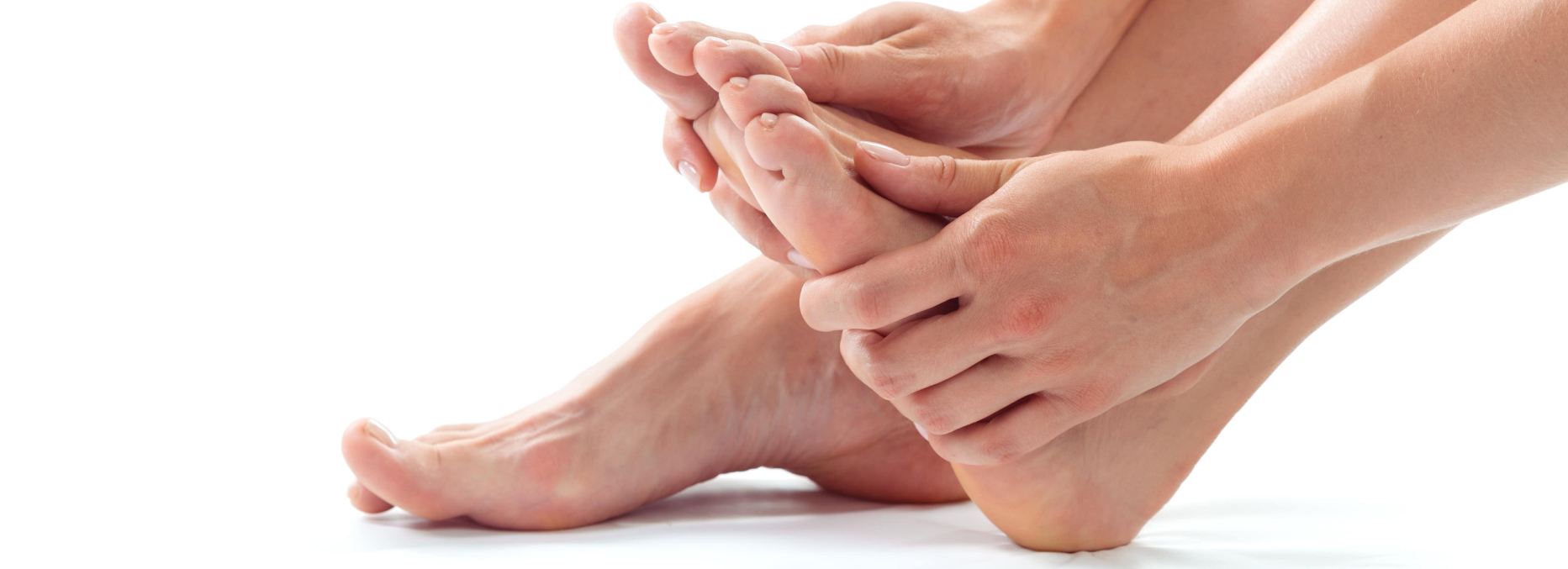Dyshidrosis. What is it? How to relieve the pain?


We uncover an alteration in the skin of the hands and feet that can become very uncomfortable.
What is dyshidrosis?
Dyshidrosis is a non-contagious skin condition that causes blisters on the hands and feet. These blisters have fluid inside and tend to itch, becoming a great nuisance. This inflammation is also known as dyshidrotic eczema or eczematous dermatosis.
Dyshidrosis originates from within the body but can also appear due to external factors such as allergies. It is common in both genders and usually begins in the age range of 20 and 40 years.
Causes of dyshidrosis
The cause of dyshidrotic eczema is unknown. Because this disease is more common during months of intense heat, it was hypothesized that sweat is its trigger. However, this reasoning was discarded; to this day, the exact cause cannot be indicated. What is known are the risk factors that promote it. Let's meet them:
- Atopic dermatitis: If you have this condition, which causes dry and inflamed skin, you are more likely to develop dyshidrosis.
- Stress: Suffering physical or emotional stress is also one of the main risk factors to explain the appearance of dyshidrosis.
- Allergies: Having an allergy to substances such as nickel or cobalt, which can be found in jewellery and perfumery products, is another reason that is related to suffering from dyshidrotic eczema.
- Pregnancy: Pregnancy can be another trigger due to hormonal changes.
Dyshidrosis symptoms
Dyshidrosis does not usually appear at the same time in both the hands and feet. When it occurs on the palms, it has usually also started to show up between the fingers earlier. And in the cases of the lower extremity, blisters are also usually seen on the sides. The most obvious physical signs are the following:
- Blisters: They usually measure a maximum of two millimetres and cause itching and scaling.
- Desquamation: When there are several blisters, the epidermis, the outermost layer of the skin, can be lost.
- Irritation: When the blisters are chronic, the skin is much more likely to become irritated and inflamed. Also, if the patient scratches, scabs can form.
How is dyshidrosis treated?
Although there is no definitive cure for this skin condition, there are some treatments that you should know about. It is always a good idea to get the opinion of a dermatologist.
- Application of corticosteroids: It consists of using moist dressings to soothe itching due to blisters.
- Antibiotics: If an infection has developed through bacteria, antibiotics may be the way to go.
- Emollient products: There are moisturizing creams that can help soothe discomfort.
- Oral antihistamines: They come in pill or capsule form and are used to relieve pain.
How to prevent dyshidrosis and calm the pain?
From Antipress we give you five suggestions to avoid the appearance of dyshidrotic eczema or to reduce the sensation of itching and pain in case you are currently suffering from an outbreak:
- Moisturize and dry your hands well: Apply moisturizing cream to damp hands and feet to nourish and soften the skin. It is essential that you do it daily.
- Do not scratch: Doing so increases the chances of wounds becoming infected.
- Avoid irritating substances: Keep in mind that detergents or acidic fruit skins can be bad.
- Clean with cold water: Contact with hot water for too long has a negative effect on the skin. You can also wear gloves to avoid it.
- Wear breathable socks: If you have an outbreak on your feet, it is essential that you wear breathable socks so that the wounds breathe and do not stick to the tissue. If you sweat a lot, this type of sock will help you evacuate sweat quickly to the outside. Also, wash and dry your feet very well on a daily basis.
References:
- https://www.mayoclinic.org/es-es/diseases-conditions/dyshidrosis/symptoms-causes/syc-20352342
- https://cinfasalud.cinfa.com/p/dishidrosis/
- https://aedv.fundacionpielsana.es/wikiderma/eczema-dishidrotico
- https://nationaleczema.org/eczema/types-of-eczema/dyshidrotic-eczema/

